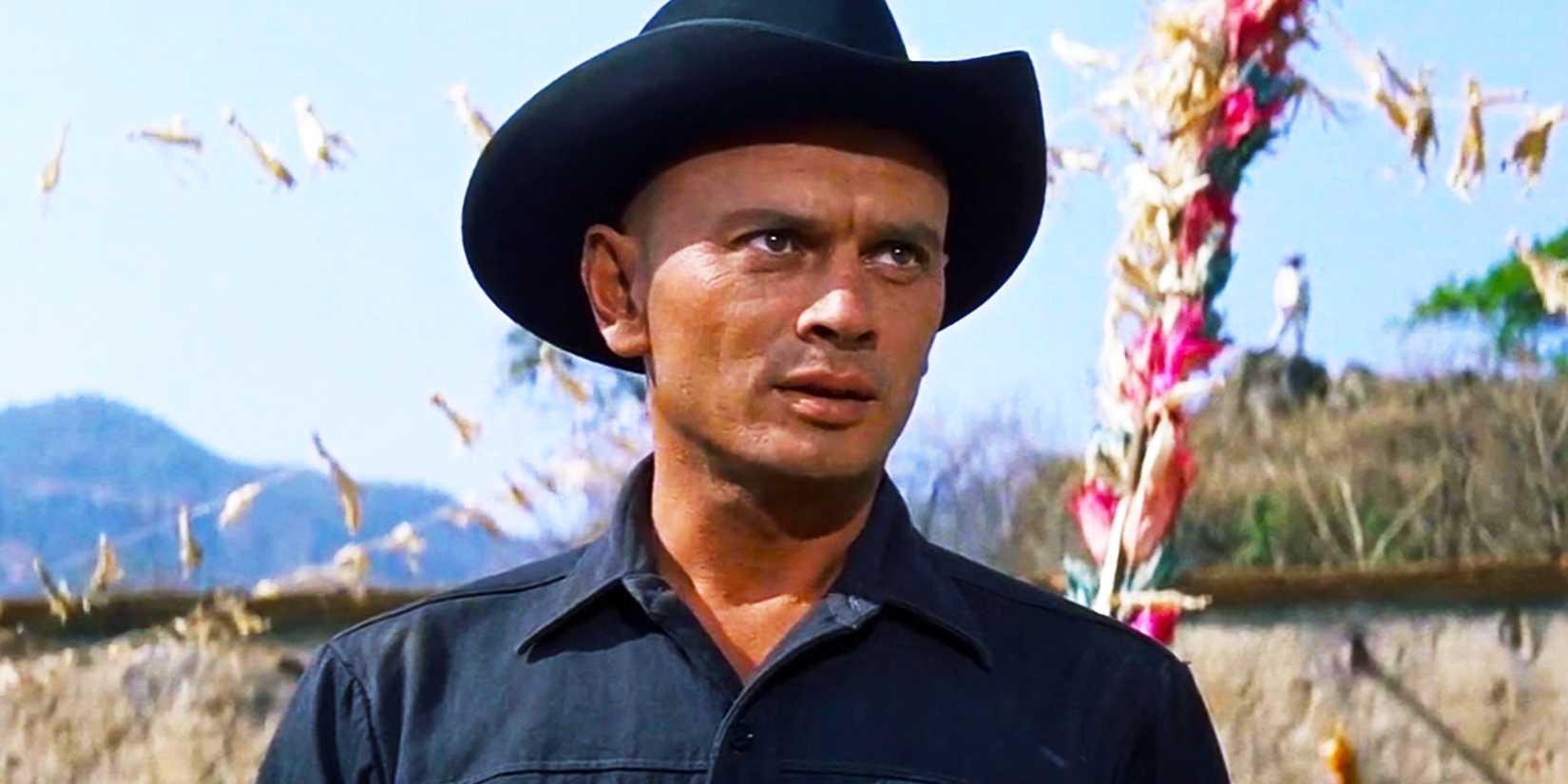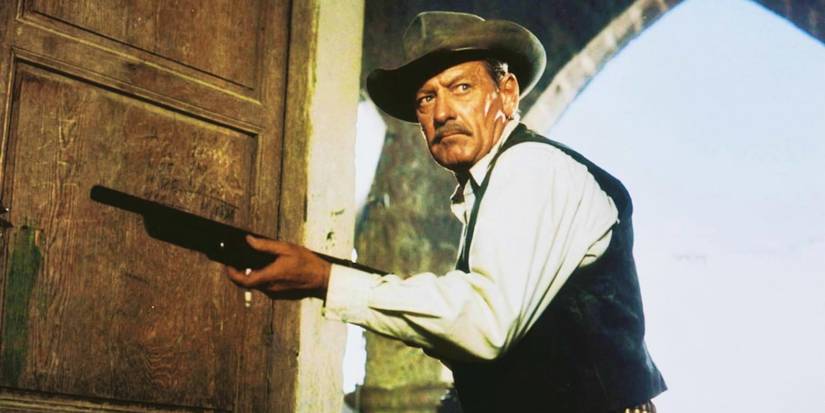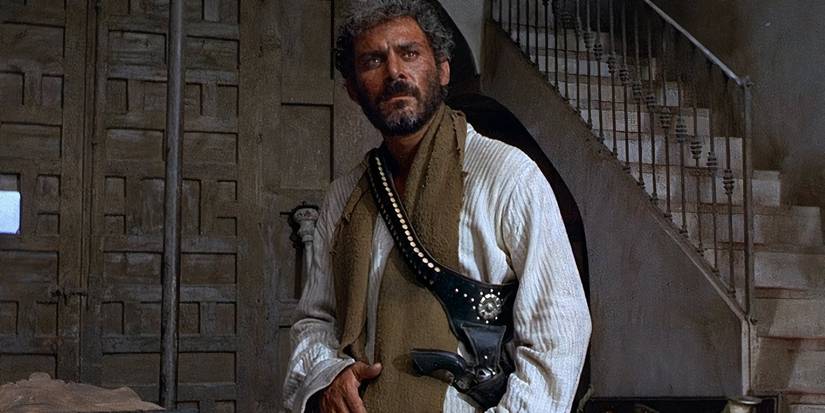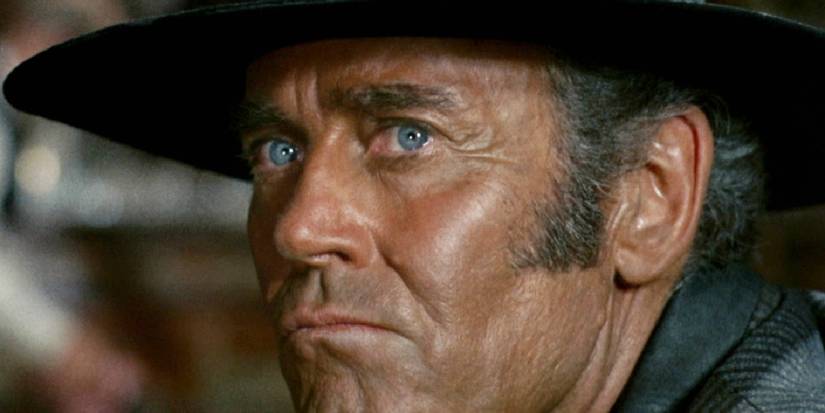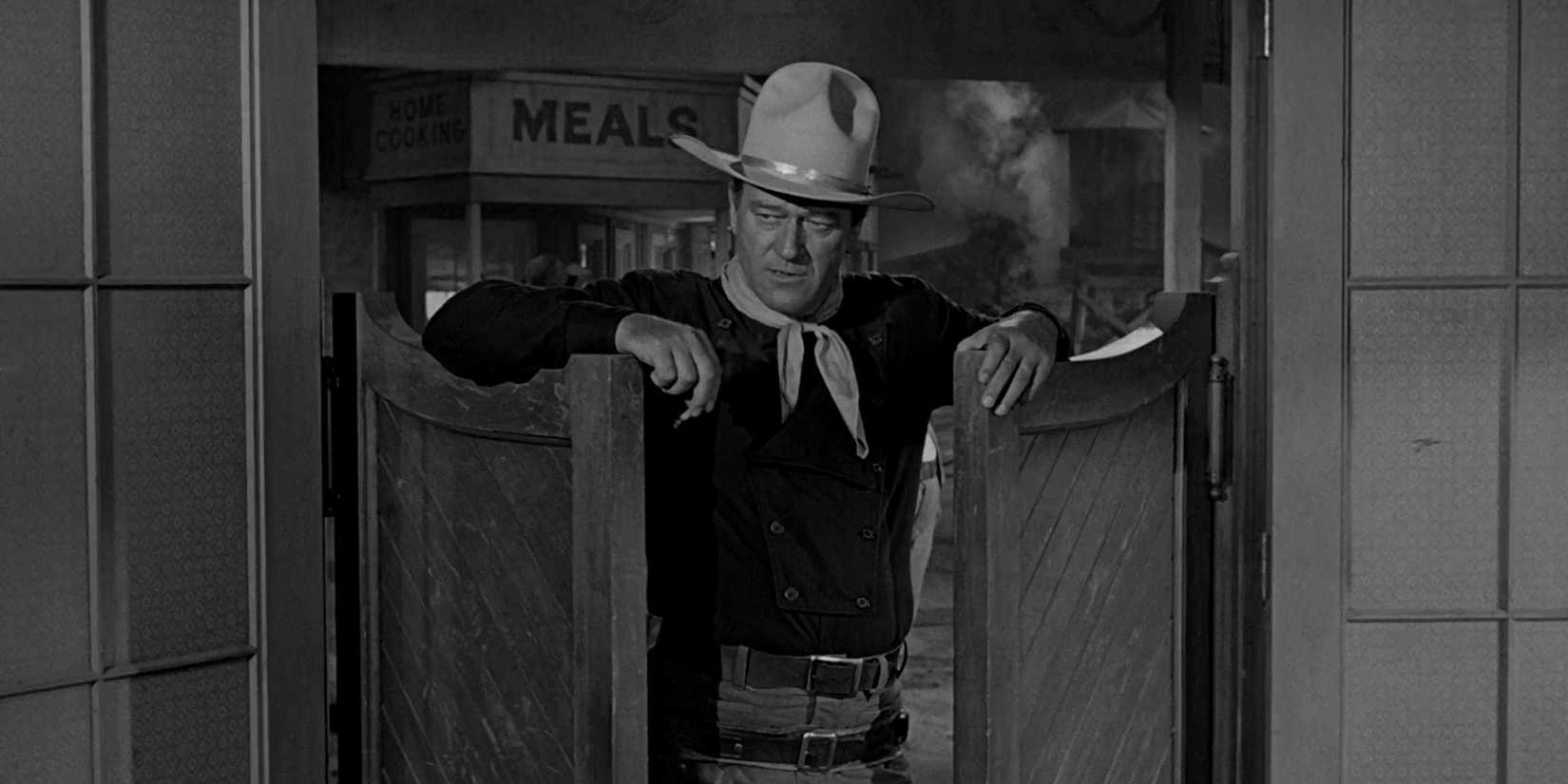Cinema was reworked within the Nineteen Sixties, and the perfect westerns from the last decade represented new and unique voices within the beloved movie style. After hitting their peak throughout Hollywood’s Golden Age, westerns slowly started to fall out of favor all through the Nineteen Sixties. Burgeoning cultural shifts made traditional westerns appear out of contact with the altering occasions.
The westerns that did get produced all through the Nineteen Sixties have been noticeably completely different from their predecessors, they usually typically tore down the idealized view of American historical past. The style turned a platform for thrilling approaches to cinema, and subgenres like acid westerns and anti-westerns have been born within the ’60s. Typically, these movies have been used as analogs for modern points.
In the meantime, Italian filmmakers like Sergio Leone have been including their distinct voices to the dialog, and the so-called spaghetti western supplied another view to conventional Hollywood filmmaking. The ’60s noticed John Wayne have his swan music, and the style as a complete turned extra violent. The occasions certainly have been altering, and the perfect westerns modified too.
True Grit (1969)
Although John Wayne would proceed to behave till just a few years earlier than his passing in 1979, True Grit will be thought of the Hollywood icon’s swan music. Produced on the tail finish of the last decade, the Charles Portis adaptation is the closest Wayne ever got here to starring in a really subversive western in his total profession.
True Grit was remade in 2010 by the Coen brothers.
Whereas it tones down the complicated themes from Portis’ novel, True Grit is the proper mixing of outdated and new. It has all of the exaggerated allure of a traditional Hollywood western, with only a contact of contemporary introspection to make it really feel modern. Rooster Cogburn is one among Wayne’s defining characters, and confirmed his development as a performer.
Django (1966)
The spaghetti western helped breathe new life into the drained outdated style within the Nineteen Sixties, however few have been as startling and memorable as Sergio Corbucci’s Django. Not like American movies, which have been sure by considerably strict censorship, Italian westerns have been free to be as violent and sensational because the filmmakers wished.
Django strikes a pleasant steadiness between the larger-than-life fashion of the spaghetti western with a gritty method to motion that lends each second a number of impression. It is also unattainable to separate the movie from its social commentary, with the title character blasting his approach by racism in a time when civil rights actions have been arising across the globe.
The Nice Silence (1968)
Whereas Sergio Corbucci’s different spaghetti westerns have been fast hits worldwide, his 1968 gem is just now being rediscovered. The Nice Silence is the payoff to a lot of Corbucci’s concepts in earlier movies, and its violence is intense and savage just like the characters themselves. It follows a standard western construction, whereas deliberately subverting established tropes.
The ’60s was all about deconstructing outdated concepts, and The Nice Silence deserves a number of credit score for incorporating that technique into spaghetti westerns. Whereas nowhere close to as well-known as many different traditional ’60s westerns, Corbucci’s hidden gem is endlessly entertaining with out having to sacrifice any of its complicated political messaging.
The Magnificent Seven (1960)
Outdated West remakes of Japanese movies have been all the fad within the Nineteen Sixties, however The Magnificent Seven imported Japanese cinema for a Western viewers higher than most. Primarily based on Akira Kurosawa’s Seven Samurai, The Magnificent Seven assembles an epic ensemble for one of many final nice westerns of the dying days of Hollywood’s Golden Age.
Every gunslinger has a definite character, and half the enjoyable of the film is watching the forged work together. Although the motion is crisp and quintessentially old-fashioned, it is the humor of The Magnificent Seven that actually makes it the most effective ’60s westerns. It is a honest film that exemplifies why Golden Age westerns are nonetheless so beloved.
The Wild Bunch (1969)
By the point the Nineteen Sixties drew to a detailed, Hollywood had modified fully. Sam Peckinpah’s The Wild Bunch was a glowing instance of how far the style had come all through the last decade, with its bloody violence and energetic digicam that was wholly international to westerns solely 10 years earlier than. Nonetheless, its themes are what actually shine the brightest.
The Wild Bunch is about within the closing days of the “Outdated West”, with gunslingers and outlaws turning into rapidly extinct. It represents the dying and rebirth of westerns as a complete, with the idealized Golden Age flicks giving approach to bloody and life like depictions of the frontier. The Wild Bunch is not simply the most effective ’60s westerns, it is also one of many smartest.
Butch Cassidy And The Sundance Child (1969)
Butch Cassidy and the Sundance Child was the highest-grossing film of 1969 (through Field Workplace Mojo), and it proved that westerns may nonetheless be fashionable throughout such a revolutionary time in cinema. Regardless of its recognition, the Paul Newman and Robert Redford automobile was something however pedestrian, and it advised a traditional Outdated West story utilizing each New Hollywood screenwriting trick.
Playful and anachronistic, Butch Cassidy and the Sundance Child grappled with fashionable points with a smile as a substitute of dour seriousness. Nonetheless, it nonetheless expertly deconstructed tropes like heroism and justice, and it had a memorable fashionable soundtrack too. If any western appeared most just like the late Nineteen Sixties, it was undoubtedly the 1969 Oscar winner.
For A Few {Dollars} Extra (1965)
The center movie in Sergio Leone’s Dollars trilogy, For a Few {Dollars} Extra, is arguably the place the spaghetti western style hit its stride. The digicam is energetic and alive, and the motion is crisp and often exaggerated. Nonetheless, there’s a darkness to For a Few {Dollars} Extra that units it aside from the traditional westerns it pays tribute to.
Not like different spaghetti westerns which tumble into ideology, For a Few {Dollars} Extra resists fully deconstructing western tropes. It embraces clichés just like the silent hero, however provides to them by pushing the tropes to the restrict. It is missed in favor of its predecessor or successor, however For a Few {Dollars} Extra is definitely the most effective ’60s movies, interval.
As soon as Upon A Time In The West (1968)
Proper after delivering his epic {Dollars} trilogy, Sergio Leone continued his jaunt into westerns with As soon as Upon a Time within the West. By the tip of the ’60s, the spaghetti western format had firmly been established, with dozens of movies being made within the latter half of the last decade. In the meantime, As soon as Upon a Time within the West represented the subgenre’s transcendence.
Leone brilliantly makes use of the artwork of cinema to dilate and contract time every time wanted, and it has grit and hard-nosed motion with out dropping its virtually anachronistic grandeur. Whereas different filmmakers from the Nineteen Sixties have been stripping the western right down to its naked essence, Leone reveled in an virtually Golden Age method to filmmaking.
The Man Who Shot Liberty Valance (1962)
John Ford’s westerns helped to firmly set up the style as bona fide artwork within the ’40s and ’50s, and The Man Who Shot Liberty Valance was one of many filmmaker’s final items to the world. The stark and brooding western united John Wayne and James Stewart for the primary time in a narrative that subverted the everyday simple narrative method.
Shot in black and white to provide the story focus, The Man Who Shot Liberty Valance is not an idealized celebration of machismo, however as a substitute a darkish portrait of violence within the dying days of the Outdated West. The movie itself is an emblem for the altering of the guard from one technology to the following, and it is also merely the most effective westerns of the last decade.
The Good, The Unhealthy And The Ugly (1966)
Every installment within the {Dollars} trilogy noticed Sergio Leone get higher and higher at his craft till all the things culminated with The Good, the Unhealthy and the Ugly. The spaghetti western epic rapidly transcended its style and turned a vital a part of the language of cinema. Its practically three-hour operating time is used successfully, with sudden surprises and drawn-out suspense.
The Good, the Unhealthy and the Ugly is certainly the perfect ’60s western as a result of it left the largest mark on the style. Whereas others have been tearing down, Leone constructed one thing recent from the recognizable bones of a bygone period. Even viewers who may not be as educated about westerns will understand it, and it nonetheless influences filmmakers right this moment.




